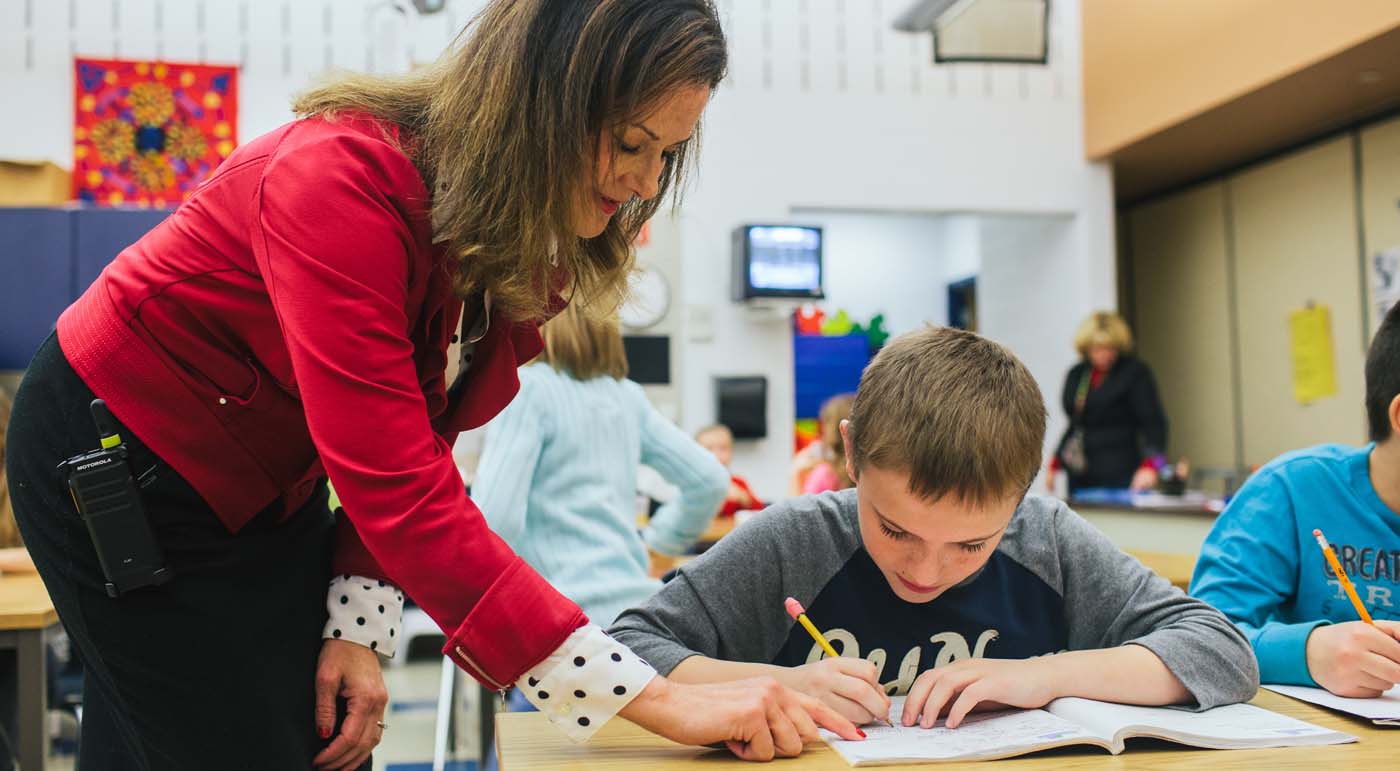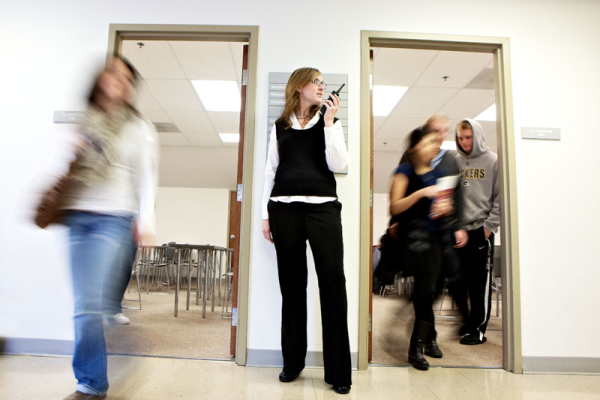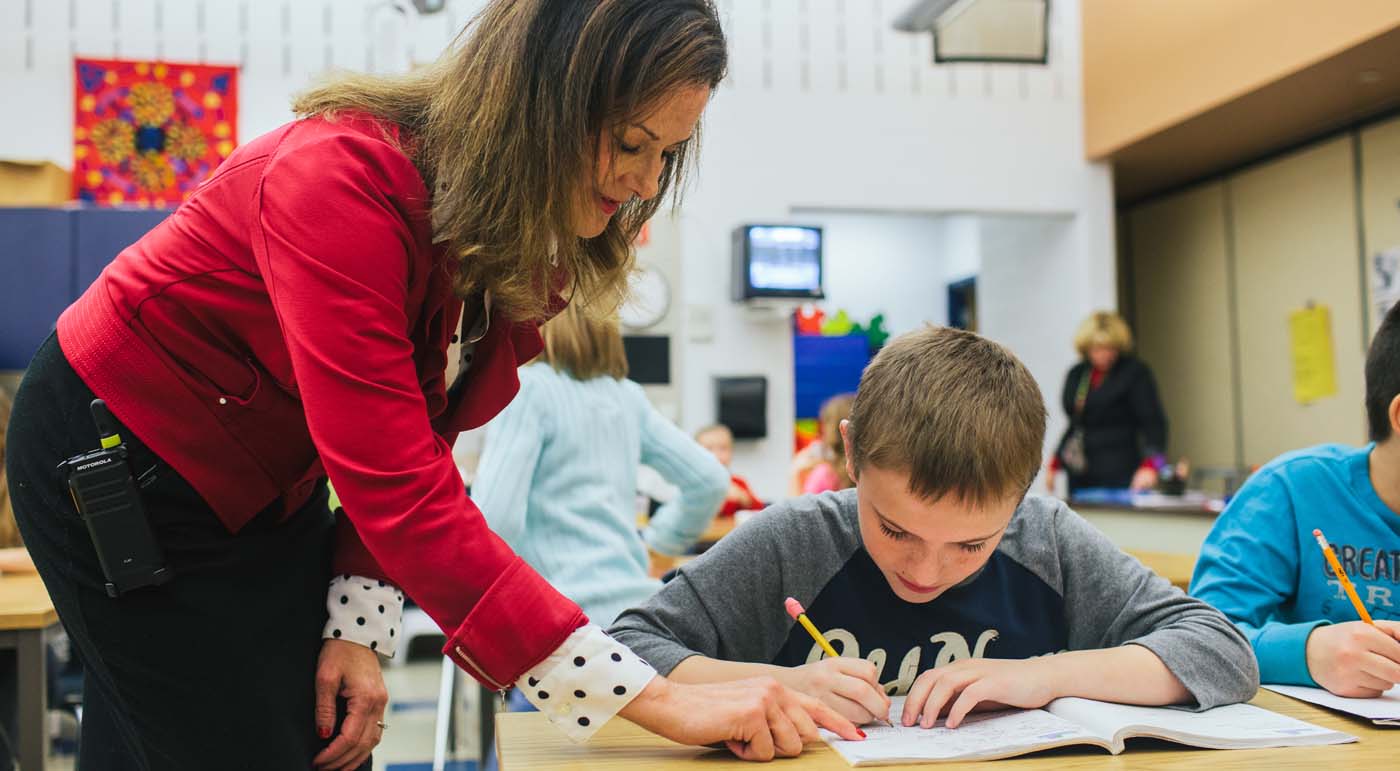School and student safety has perhaps never been under more public scrutiny. School administrators and parents want to do everything in their power to ensure safety in the face of tragic events like school shootings and natural disasters.
Fortunately, technology exists to help protect schools and their students, faculty, and staff. But school districts have limited budgets and are often at a loss when it come to accessing that technology. The good news is that there are options and resources in place to help schools get the equipment and services that they need. One of the most common ways to do so is through school safety grants.
School safety grants are awarded to schools (or school districts) to help offset, or even cover, the cost of purchasing emergency communications equipment. Devices like digital two-way radios are valuable pieces to the school safety puzzle, and grants like these help put them in the hands of those who need them most.
Whether you're applying for your first school safety grant, have received one in the past, or have been denied a grant and want to increase your chances of success this time, here are three things to consider when applying:










